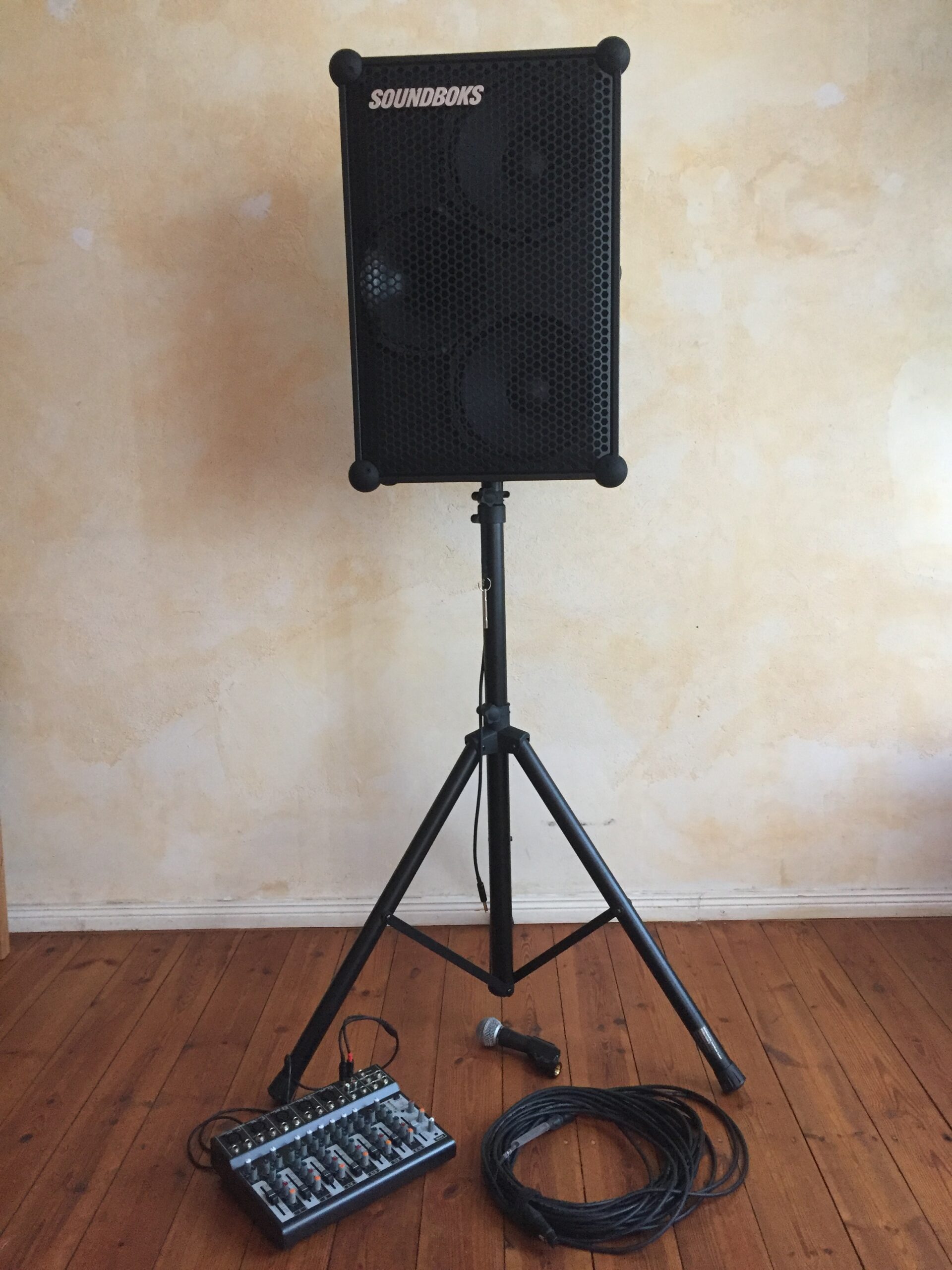Organisatorisches
(English below)
Hier findet Ihr einige Informationen rund um den Solibus und die Organisation von Fahrten. Wenn Ihr sonst noch Fragen habt, meldet Euch einfach!
Zu den Fahrten
Wie wird der Bus finanziert?
Unser Finanzierungskonzept basiert darauf, dass sämtliche Unterhaltskosten sowie die Kosten für die Fahrten des Busses über Spenden und andere Förderbeiträge getragen werden. Wir sind daher auf Eure Spenden angewiesen. Eine Fahrt soll nicht aufgrund fehlender finanzieller Mittel scheitern.
Wie viel Zeit muss ich für meine Fahrt einplanen?
Durchschnittswerte:
Auf Autobahnstrecken schafft man durchschnittlich ca. 80 km pro Stunde Fahrzeit +/- je nach Verkehrslage,
auf Landstraßen etwa 65 km pro Stunde und innerorts etwa 40 km pro Stunde +/- je nach Vedrkehrslage.
Hinzu kommen Fahrpausen von mind. 45 Minuten pro 4 1/2 Std. Fahrt und Zeitreserven für mögliche Verzögerungen, wie Stau.
Diese Kalkulation enthält die Lenkzeitpausen, die die Busfahrer*innen einhalten müssen, nämlich alle viereinhalb Stunden 45 Minuten oder innerhalb von viereinhalb Stunden eine Pause von 15 Minuten und eine zweite Pause von 30 Minuten.
Zum Solibus
Welche Ausmaße haben die Solibusse?
1.) Weißer Solibus 12,50 m lang, 2,55 m breit, 3,40 m hoch, ein zulässiges Gesamtgewicht von 18 Tonnen
2.) Blauer Solibus 13,05 m lang, 2,55 m breit, 3,40 m hoch, zulässiges Gesamtgewicht von 18,6 Tonnen
Wie viele Plätze hat der Bus?
1.) Der weiße Solibus verfügt über 52 Sitzplätze, über 30 Stehplätze und einen Rollstuhlplatz.
2.) Der blaue Solibus verfügt über 55 Sitzplätze, über 28 Stehplätze und einen Rollstuhlplatz.
Ist der Bus rollstuhlgerecht / barrierefrei?
Ja! Beide Busse verfügen über einen Rollstuhllift.
Wie viel Stauraum hat der Bus?
1.) Der weiße „Solibus“ verfügt über vier Kofferräume, die etwas kleiner als bei herkömmlichen Reisebussen sind. Außerdem haben wir einen „Skikoffer“ am Heck des Busses, der den kleineren Stauraum für Gepäck kompensieren soll.
2.) Der blaue Solibus verfügt über vier Kofferäume, die etwas größer sind als die vom weißen Solibus.
Gibt es eine Toilette in den Bussen?
Nein. Beide Busse haben keine Toilette. Selbstverständlich halten wir in Absprache mit Euch jederzeit gerne an.
Unsere Priorität lag in der Auswahl eines geeigneten Busmodells für die künftige Ausstattung mit Rollstuhllift. Dabei handelt es sich in der Regel um Busse ohne Toiletten. Außerdem bedeutet eine Toilette einen erheblichen Mehraufwand (Anfahren von Ablassplätzen, Instandhaltung, Reinigung usw.) und nicht selten eine Geruchsbelästigung im Bus.
Gibt es W-Lan an Bord?
Ja.
Gibt es Strom an Bord?
1.) Im weißen Solibus gibt es zwei 230 V Steckdosen und 10 USB Ladeanschlüsse.
2.) Im blauen Solibus gibt es vier 230 V Steckdosen und 8 USB Ladeanschlüsse.
Mobile Akku „Soundboks“ an Bord !

Seit September 2020 verfügen wir über eine mobile Akku „Soundboks“
für Kundgebungen und Camps zur flexiblen, kreativen Nutzung.
Kofferanhänger
Der Solibus verfügt über einen Kofferanhänger, in dem zumindest mindestens 30 Fahrräder Platz haben !
Organizational Matters
Here you find some information about the Solibus and the organization of trips. If you have any other questions, just get in touch!
To the rides
How is the bus financed?
Our financing concept is based on the fact that all maintenance costs as well as the costs of the bus journeys are covered by donations and other subsidies. We are therefore dependent on your donations. A trip should not fail due to a lack of financial resources.
How much time do I have to plan for my trip?
Average values:
On the highway you cover approx. 75 km per hour average, on country roads about 60 km per hour and in urban areas about 30 km per hour.
In addition, there are breaks of approx. 1 hour per 4 hours of travel and time reserved for possible delays such as traffic jams.
This calculation includes the breaks that the bus drivers have to take, namely after four and a half hours 45 minutes or every four and a half hours a 15 minute break and a second break of 30 minutes.
To the Solibus
How many places does the bus have?
The bus has 50 seats and an additional 30 standing places within the city limits. The bus also has a space for a large e-wheelchair or two small wheelchairs.
Is the bus wheelchair accessible / barrier-free?
Yes, since 28-02-2020 our bus has a cassette lift (wheelchair lift). It offers the necessary load capacity e.g. for the heavier electric wheelchairs. The bus has space for a large electric wheelchair or two small wheelchairs.
How much storage space does the bus have?
„Solibus“ has four trunks, which are slightly smaller than those of conventional coaches. We also have a „ski suitcase“ at the rear of the bus, which compensates for the smaller storage space for luggage.
We are currently in the process of acquiring donations for the purchase of our own „luggage trailer“. Then we will have enough space for strollers, bicycles, wheelchairs and all your luggage!
Until then, it works just as well or we will borrow a trailer.
Is there a toilet on the bus?
No. The bus has no toilet on board. Of course, we will be happy to stop at any time if you like. Our priority was the selection of a suitable bus model that allowed the addition of a wheelchair lift. These are usually buses without toilets. In addition, a toilet means a considerable amount of extra work (moving to drainage points, maintenance, cleaning, etc.) and often an unpleasant smell in the bus.
Is there WiFi on board?
No. So far, the bus is not yet equipped with WiFi. We are working on it.
Is there electricity on board?
There is a charging station next to the driver’s seat to charge cell phones. We will also install two to three 220/240 volt connections in the near future, e.g. for shared devices such as coffee machines, laptops and sound systems for rallies.
